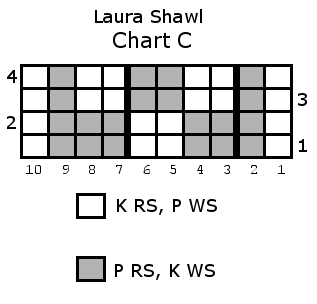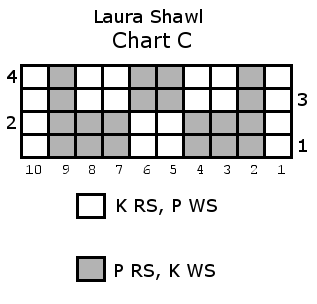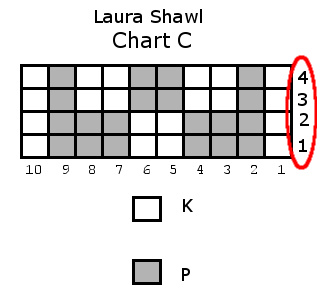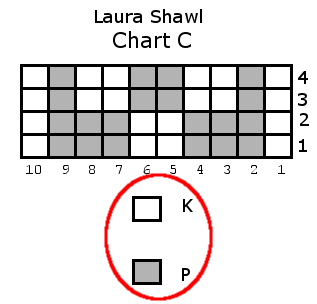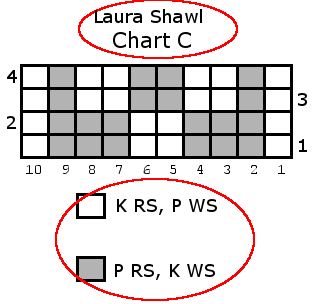Hi everybody!
Or, at least: Hi everybody in the US over the age of 18 who is eligible to vote!
Guess what tomorrow is! That’s right, it’s election day! (You can tell I’m excited by all the exclamation points!)
I try to keep this blog pretty low-key, politics-free, and full of knitting. But, sometimes I have to bend the rules.
Like today. (Get ready, I’m getting up on my “You should vote” soapbox.)
So, unless you live in a vote-by-mail state (Hello, Washington), you’re probably aware that voting is tomorrow. You should know where to find your polling place. You know that you should vote, too. You know that voting is important. You already know that every member of the House of Representatives is up for reelection, not to mention a third of the Senate, three dozen Governors and more local officials than you can shake a stick at. Plus, if you live somewhere like Seattle, you’ve probably got a handful of ballot initiatives up for a vote that could directly influence your lives in the coming months and years.
You already know that less than half of eligible Americans usually turn out for midterm elections, and you already know that those voters that do turn out are overwhelmingly older, richer, and whiter than the average American.
And, of course you know that if you’re unhappy with how this country is being run (and there’s plenty to be unhappy about), you’ve got to go out and vote to tell those in charge to change the way things are going.
You already know all that. So I won’t tell you about it.
I will, however, bribe you with a silly little craft project.
 I voted last week (yay for Washington’s vote-by-mail system!), but Washington doesn’t give out “I voted” stickers. So I made one myself. (Well, I cross-stitched a little pin.)
I voted last week (yay for Washington’s vote-by-mail system!), but Washington doesn’t give out “I voted” stickers. So I made one myself. (Well, I cross-stitched a little pin.)
And you can make one, too.
Once you’ve voted, download the instructions to make yourself an “I Voted” pin:
I Voted Cross Stitch Pin Instructions
(But only if you’ve already voted… trust me. I’ll know.)
Are you going to vote this year?












